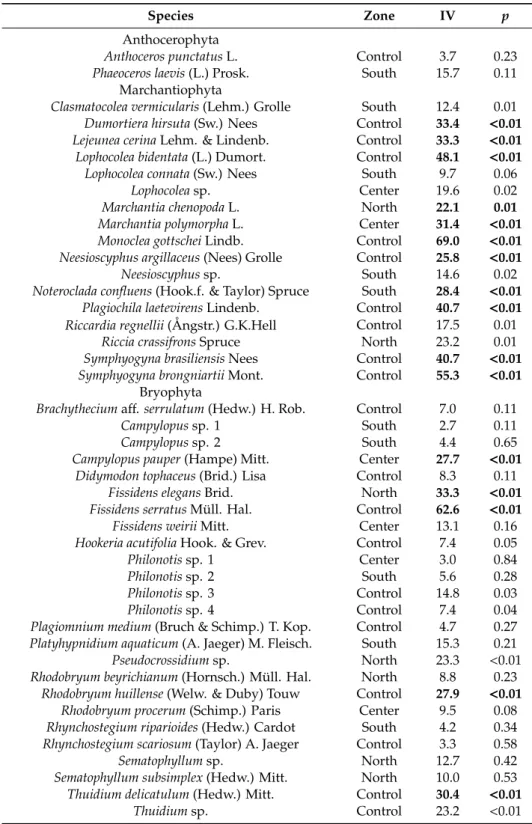Bryophyte Communities along a Tropical Urban River Respond to Heavy Metal and Arsenic Pollution
Texto completo
Figure
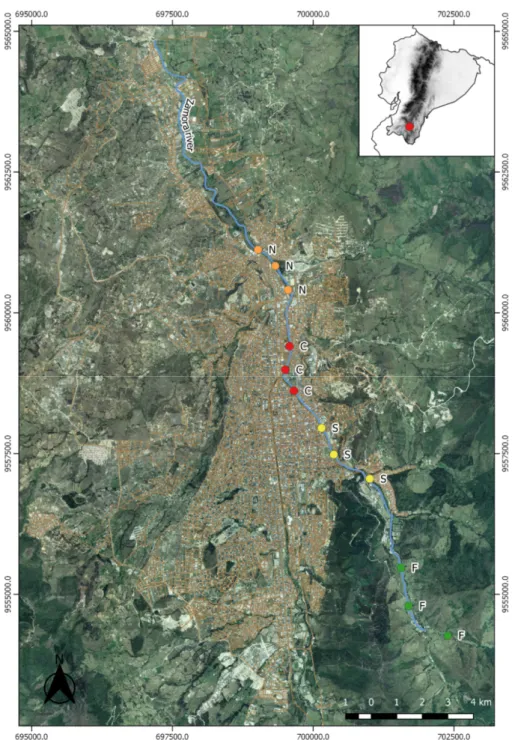
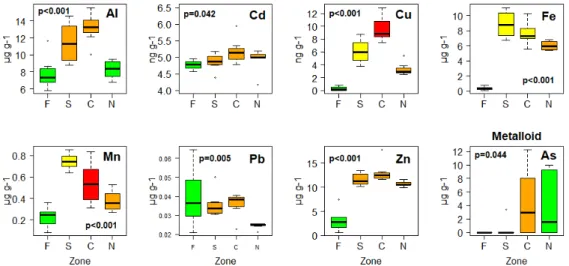
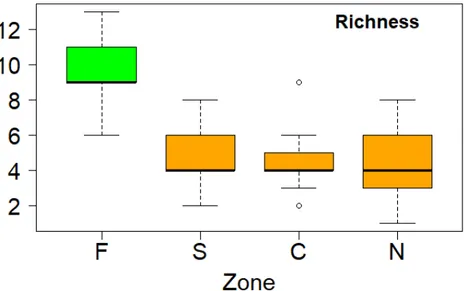
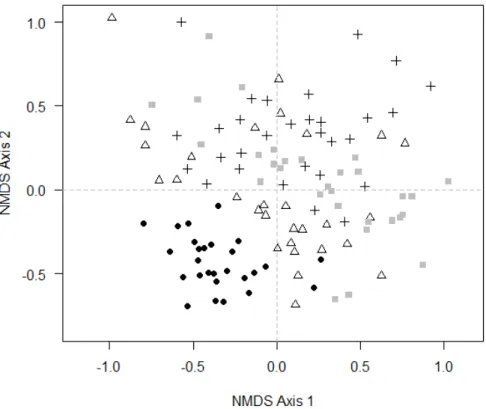
Documento similar
Márquez and Morrone (2003) distinguished a northern and a southern generalized track within the Mesoamerican dominion, based on an analysis of species of Homalolinus
B. The 192 µM dose led to a reduction in the total leaf area and leaf thickness in both species, although more strongly so in white lupin. In the latter species it was also
Secondary production in the Ebro River in 2005 was higher than in 1987, but not reaching the high values known from other Ephoron species as Ephoron leukon (Williamson, 1802)
Observed number of species was relatively high in comparison with other studies in the Mediterranean, and we found no effects of fragment characteristics on species density,
S patial distribution of δ 13 C values along the concrete plug and the first centimeters of the bentonite barrier points to the existence of a diffusion front of carbon species from
This project aims to analyse a set of molecular markers for tracing hybridization events in the population of an endangered species from the Cistaceae family,
In this work, three out of four species (S. palmetto) showed significantly higher contents of phenolic compounds than all other analyzed species, and differences in the
The characteristics of the cereals and pseudo- cereals that they consumed (the same species as today) brought more stable solutions to the problem of producing food, but had
